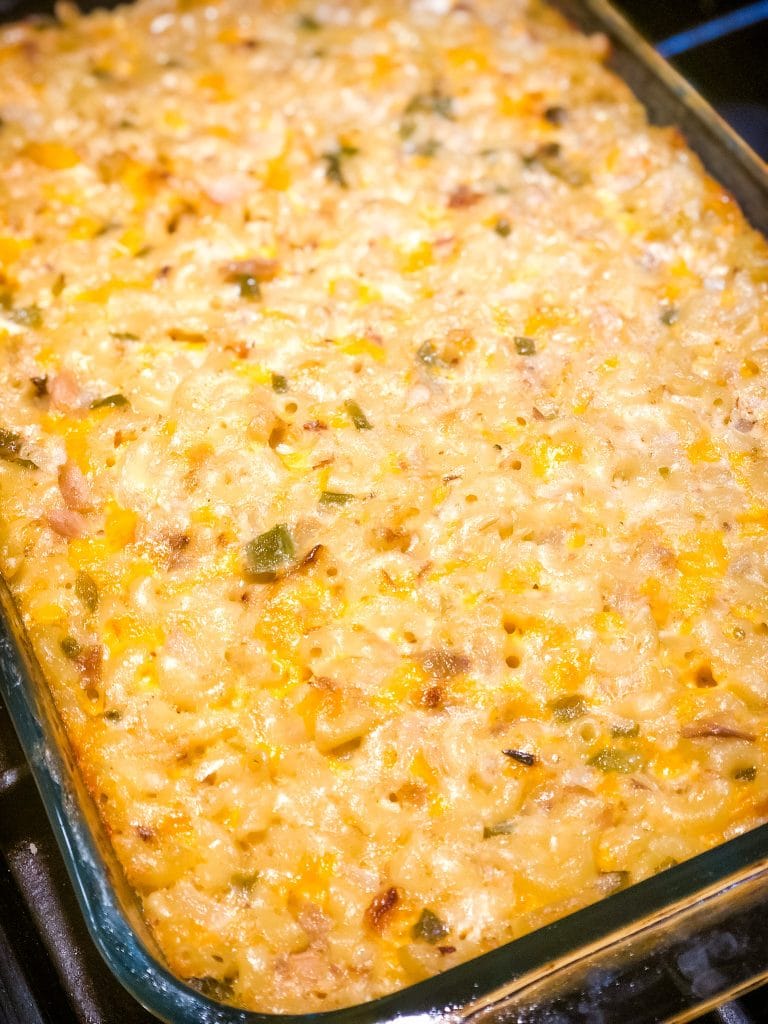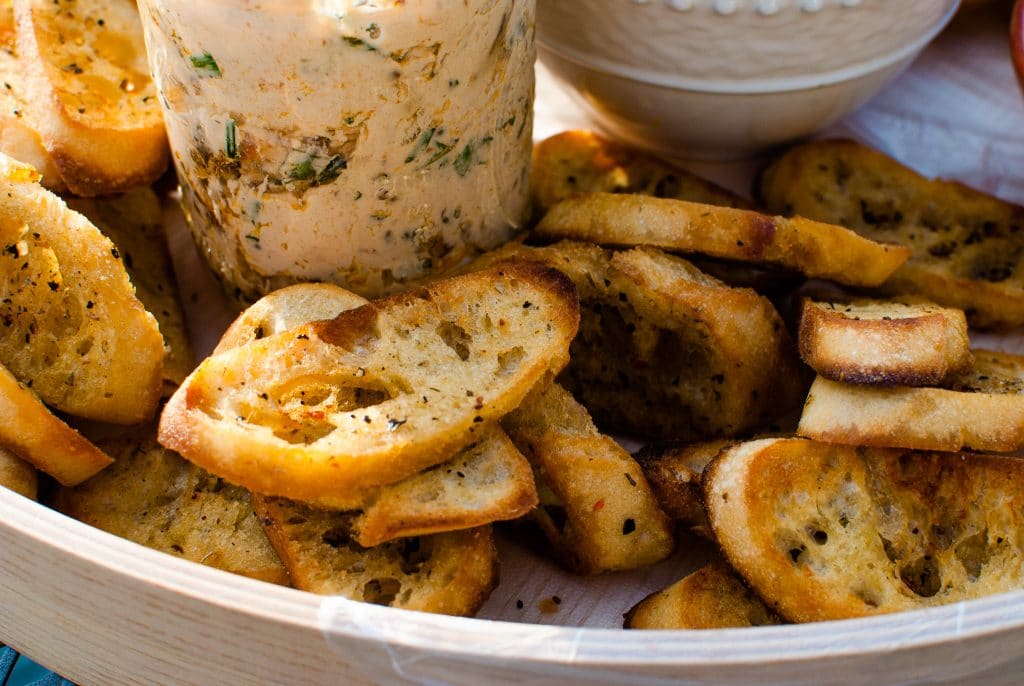How Long Does Tuna Salad Last?
How Long Does Tuna Salad Last? Learn helpful tips for storing tuna salad to prevent food poisoning, and the best way to enjoy your tuna salad.

If you’ve made tuna salad, stored it in an airtight container, and kept it in the fridge for a few days you might be wondering “How long does tuna salad last?”
Precise Answer: 3-5 days, in the refrigerator.
I love making Toni’s Tuna Salad on a Monday morning, and eating it through the weekdays! It makes the perfect lunch slathered between two slices of bread, folded into a lettuce cup, or on some celery sticks.
Another way I absolutely adore using tuna is in my mom’s Tuna Noodle Casserole recipe. The delicious combination of tuna fish with cheese and noodles, y’all! It’s my childhood in a casserole dish.
But! Let’s chat about tuna salad shelf life in the fridge and room temperature!

How Long Does Tuna Salad Last?
Whether you’ve made tuna salad, or tuna casserole a good rule of thumb is 3-5 days under refrigeration.
The recipes need to be stored properly in a well-fitting air-tight container, whether that’s a glass container like these ones or a plastic container like this one.
If your containers have any sort of holes or breaks, you’re talking about a very short shelf life now. This also goes for if you’re keeping your albacore tuna in a bowl with plastic wrap on top. Unless it’s sealed, the expiration date creeps up way sooner than other storage conditions.
Unopened cans of tuna can last a few years, and usually, a couple of years after the expiring date on the can if you’re frisky!
The main ingredients of tuna salad are often:
- Lemon Juice
- Red Onion
- Crisp Veggies, like onions and celery
- Hard-Boiled Eggs
- Pickle Relish
- Mayonnaise (or Miracle Whip)
- Canned Tuna (maybe even packed in olive oil)
All of these ingredients can contribute to spoilage.
One thing to consider when making your favorite tuna sandwich is how old are the other ingredients in your salad.
If you’re starting with other ingredients that are past their prime, it can change the consistency of the salad, and make bad tuna salad way faster!

How to Tell If Tuna Salad is Bad?
Leftover tuna salad already has a pungent odor! But, if there is a strong smell that is a super unpleasant odor… throw it out. If you see any dark spots, or signs of spoilage like bacterial growth or pathogenic bacteria these are all signs of the “danger zone,” and should the tuna salad sandwiches need to be chucked?
Perishable foods that have a bad odor or bad appearance such as graying, freezer burn, or not looking like they did when you made them, that’s all a hazard for food safety.
Your refrigerator should stay in the 35 degrees Fahrenheit to 38 degrees f temperature range. For a long shelf life store tuna salad as far back as you can in the fridge, which is the coldest spot. Also, don’t store anything you need to store for longer periods of time in the door.

How to Store Salad
How long tuna salad lasts is dependent on proper storage. This goes for chicken salad, egg salad, pasta salads, potato salad, etc. You’ve got to have well-fitting lids that keep the shelf life of tuna salad to the best quality.
Freezing tuna salad is not recommended. Especially if you’ve added mayonnaise to your salad the consistency of mayonnaise doesn’t thaw well.
Be sure to mark your containers with either the date you made the salad or the date it needs to be chucked.
I like using a roll of painter’s tape and a marker to add to each container! Not only is it cheap, but it also removes it super easily.
Containers I love!
These Glass Containers are my go-to! They’re a freezer-safe container, and I love how on a busy day I can store my lunch for later in them
If you’re not a fan of glass, try these plastic containers. They’re restaurant quality, dishwasher safe, etc. I love that they’re also very cheap, and if someone wants to take home some leftovers from a dinner party, I don’t need to get my container back!
If you like the idea of using a sustainable product give these Beeswax Wraps a try. They do produce a nice airtight seal when used properly! If you have a local beekeeping group in your area, I’m sure they have someone who produces this plastic-wrap alternative!






